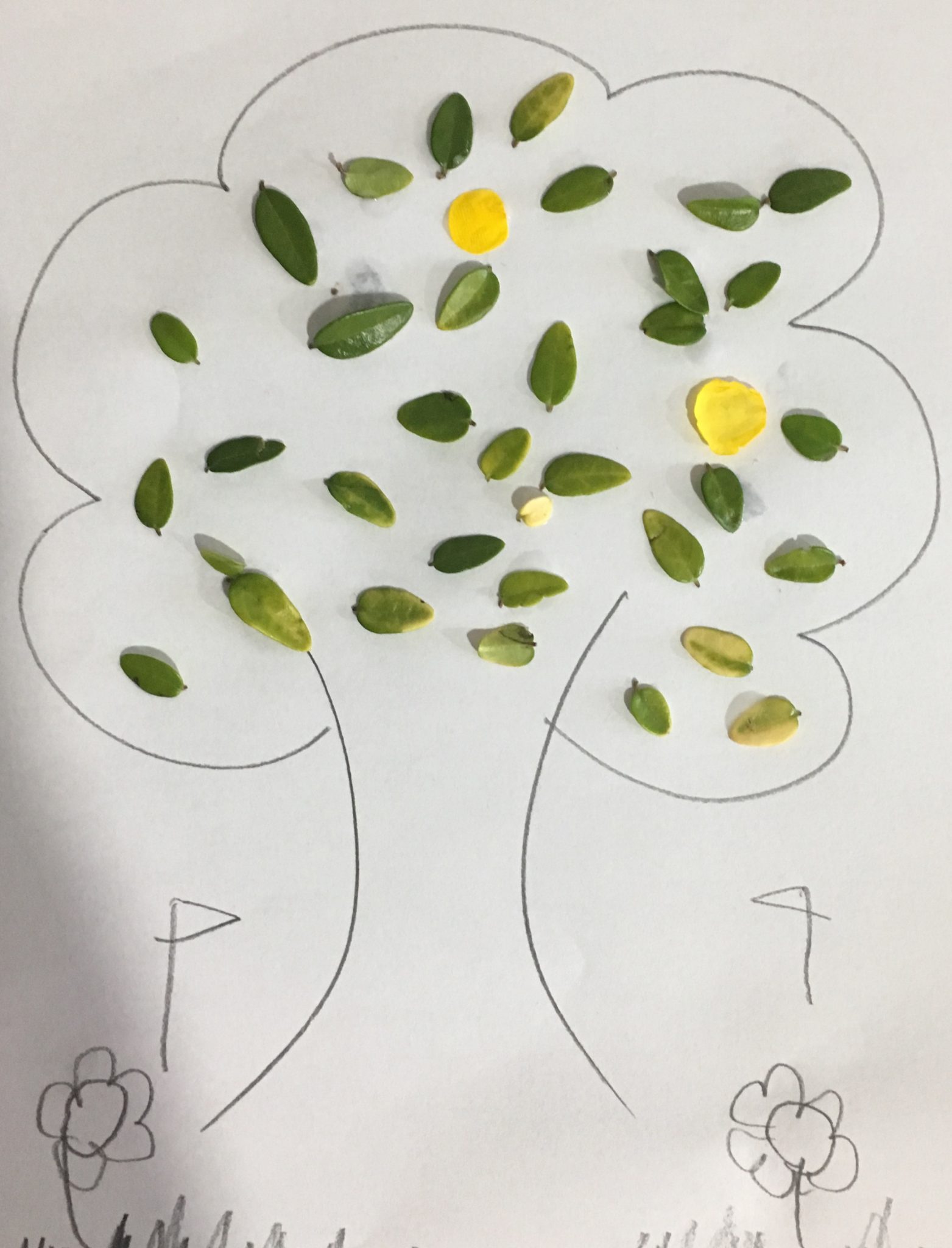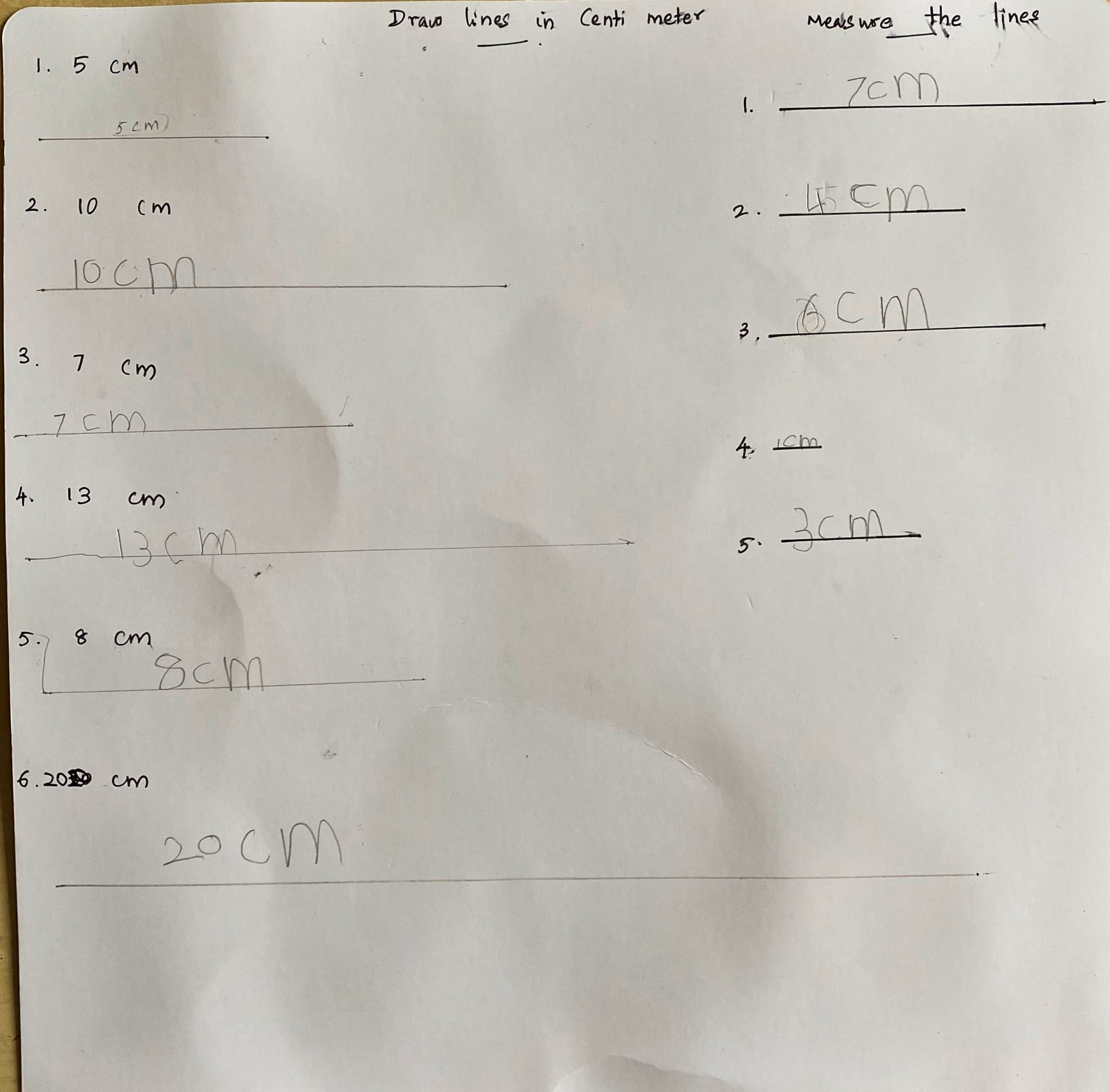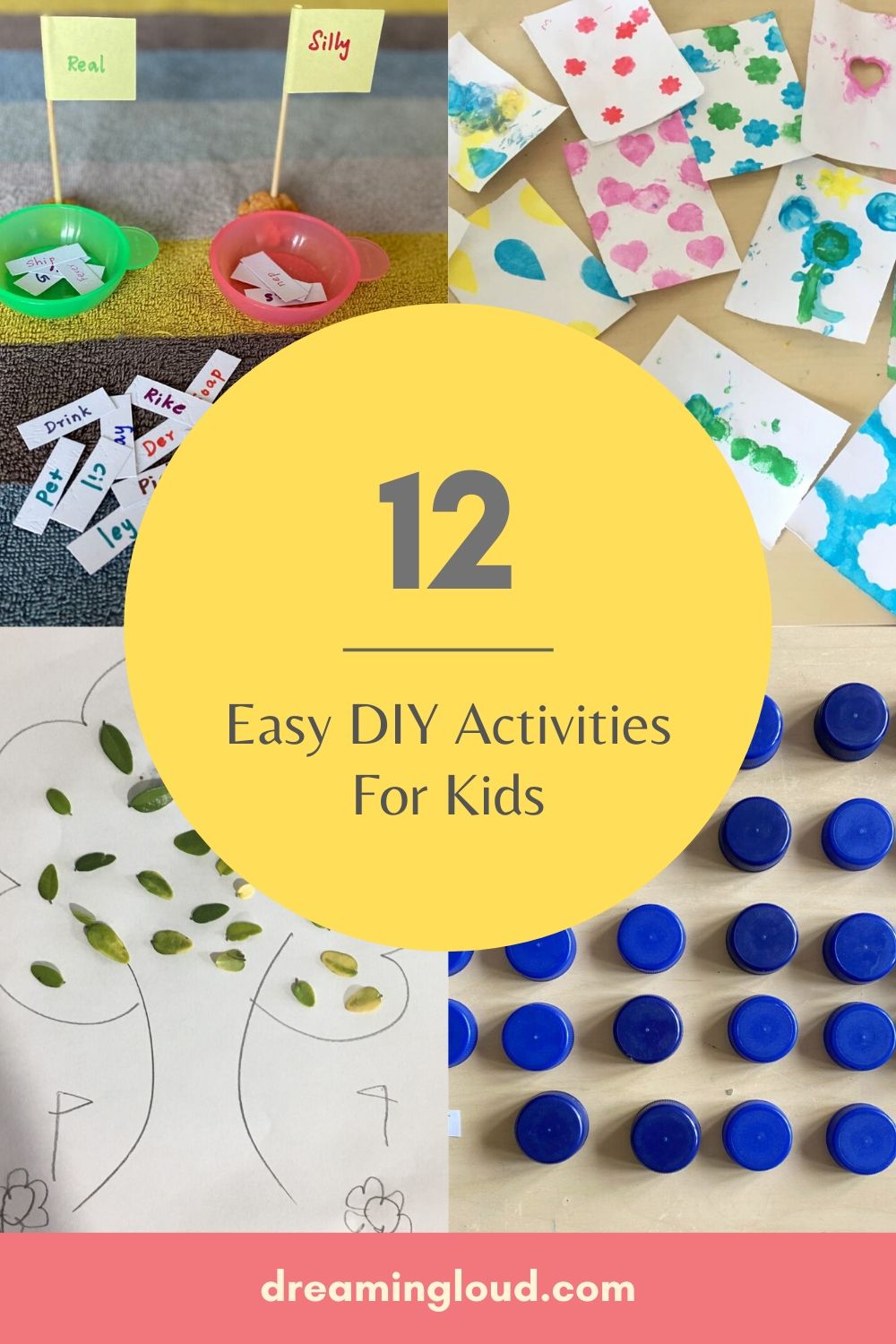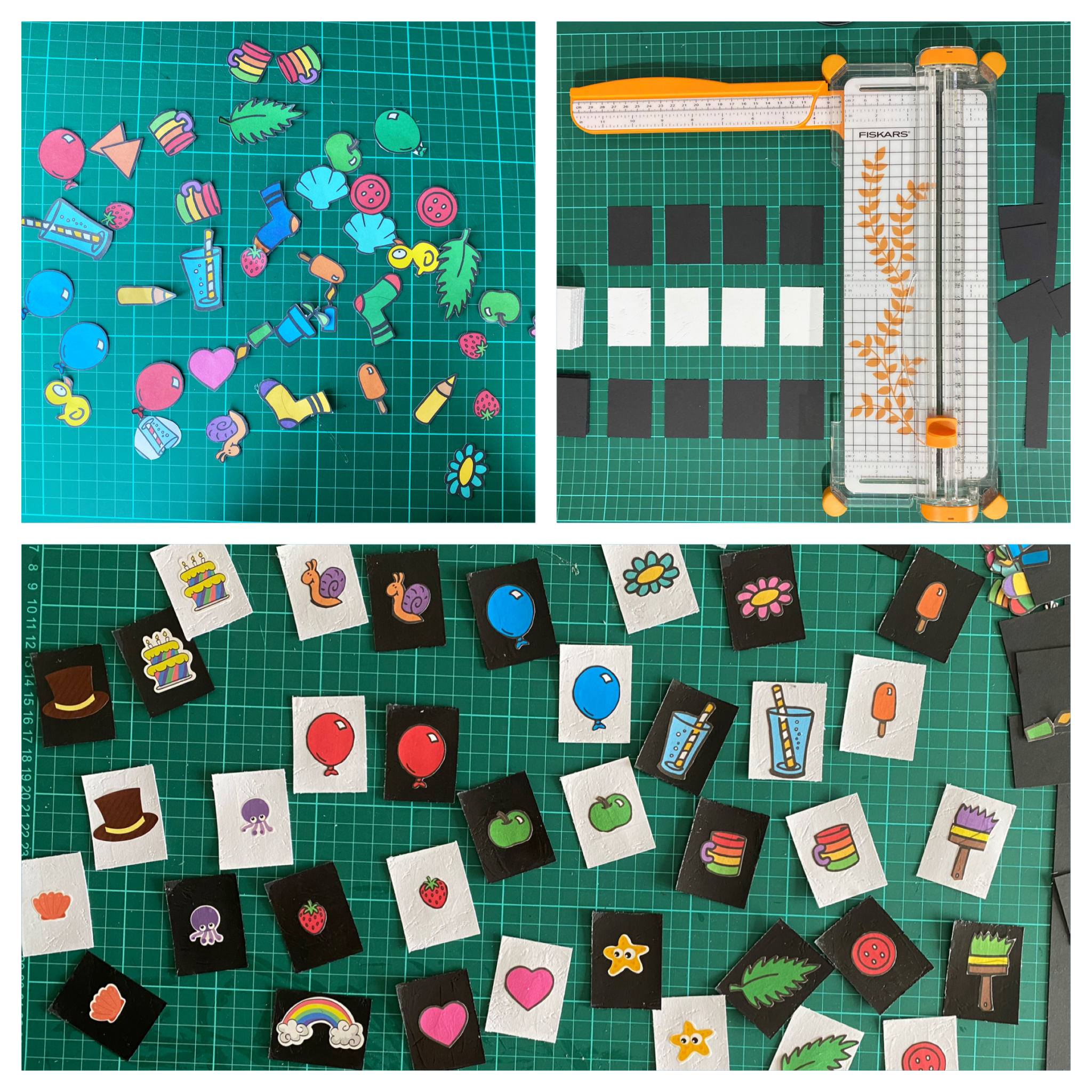Today’s post on Easy DIY Activities For Kids is brought to you by my Sister-in-law Shakthi Priya! She is also a mom blogger at Doing it Myself where she shares her DIY crafts, baby food recipes, and her love for sewing. I have always known her as an eloquent and creative person and now as the most creative quarantine mom 🙂
Since we stay far away from each other and from my parents (her in-laws). She regularly shares pictures and videos of my adorable Niece and Nephew doing various activities in our family Whatsapp group. I am always awed at the innovative and fun ideas she comes up with to keep my 5-year old niece and 2-year old nephew occupied and entertained.
Before I ask Shakthi to take over the post, I want to thank her for taking the time from her busy day (handling 2 little ones all day is no joke) to write the post. All these DIY’s she mentioned are super easy to make, with things you already have at your home. They are not only engaging but also educational.
Before going into the actual post, lemme confess that I’m equally excited and tensed to pen in for Surekha’s blog. Apart from being enthralled at her blog’s content, what amazes me more is the way she handles multiple things so well (posts impressive contents, cooks a special meal for friends, be readily available for the family on facetime, being a loving mom to her dog, performing all the poojas and rituals that the family follows., the list goes on! And all these along with a full-time job!
Hence, when she asked me to do a post on kids’ activities, it was more of a responsibility to keep up the quality of the content than an opportunity itself!
The internet is full of overwhelming activities for kids, especially in this quarantine period. It naturally makes us feel so low by comparing ourselves with the momma in that ‘picture perfect’ photo/video. What we miss to understand is that no real home looks so perfect like that. No real kid does art or activity as beautiful and perfect as in the picture!
This is a lockdown and the whole family is staying home 24*7! Apart from the never-ending chores and work and cooking meals and feeding, you are also trying to do the job of your child’s teacher. So chill down. Just do as much as you can.
Whatever type of activity it is, just think about the time it is going to take for you to do the preparation work and helping your child and the time that particular activity will actually keep your child engaged (without your help).
Decide if learning from the activity is really worth the time and the effort it takes. Also, think for some simple alternatives to achieve the same and effective learning.
I am sharing some simple activities and ideas to keep your kids engaged.
12 Easy DIY Activities for Kids to Keep Busy in Quarantine

1. Phonics Game: Sort the Real and Fake Words
- Cut thin strips from a paper or card stock as in the picture
- Write some real and fake words
- Ask your little ones to sort them as below
The flags are made with ‘post-it’ notes and toothpicks. I have used playdough to keep them erect.
Alternatively, you can also write the words on small ‘post-it’ notes; divide a page into two columns as real & fake words and ask your kid to stick them under the corresponding column!
Kids will tend to put the words ‘unknown’ to them into the ‘fake’ category. Explain in short about the meaning of the word and why it is a real word. Later, while reading a story or having a conversation, relate that ‘new’ word and familiarize it to them
2. Days of the Week Game: Hop and Find the Right Day!
- Draw a circle on the floor and divide it into seven segments as in the pic.
- Name each segment as each day of the week

- Now, we need a die. For this, take any cube shaped empty box and mark each side as the following: ‘today’, ‘tomorrow’, ‘day after tomorrow’, ‘yesterday’, ‘day before yesterday’, ‘next week same day’ (you can add anything like ‘last week’, ‘two days ago’ etc., according to what you want to familiarize to your child)
- Ask your child to stand on ‘today’ (or even on the first day of the week!)
- Roll the die
- The child should hopscotch or jump to the corresponding segment and say the ‘day’ aloud. (For example, if your child is standing on ‘Monday’ and the rolled die shows ‘day after tomorrow’, he should hopscotch to ‘Wednesday’ and say it aloud!

This is really a nice game that helps kids understand the past and future references of days.
Go with your country’s curriculum to decide the first day of the week (Monday in the UK; however it is Sunday in US, Canada, and some other countries)
A younger sibling can be asked to roll the die!
I used chalk pens to draw this on the floor. You can use chalks or any erasable pens (you can even use the traditional wet rice flour that is used to put ‘kolams’ or ‘muggulu’ (rangolis). Also, If you can’t make this on the floor, simply draw this on a paper, make your child move her token (a button, a bead, a bottle cap, etc) according to the ‘roll’ of the die, like in a board game!

3. Memory & Matching Games
- Collect some stickers ( they should be in pairs; That is you will need two counts of the same image).
- If you do not have stickers handy, you can cut some images from old ‘counting’ books like did. (Counting books are a great choice for this purpose as they have the same images multiple times).
- Take a card stock or any thicker material. Cut them into small cards of desired size (mine were 2 * 1.5 inches).
- On one side of each card, stick the sticker or the cut image. If needed coat it with a sealant like mod podge.
- To play, arrange the cards in a grid pattern with the image side facing down.
- The child should pick a card, see the image, and keep it back again.
- The child should pick the second card and if it matches with first one, he can take both the cards (the current and the previous one that matched).
- If not he should keep it back in place again and continue!
This activity is suitable for kids of 3 Years and above.
For smaller kids, give them 4 – 5 cards and place the remaining cards in a grid pattern (image side facing up or down depending on the age). Ask the child to pick the cards and match them with the ones in hand.
I stuck one image on a black card and its corresponding pair on white. This is useful, especially while making the little ones ‘match’ the pairs.

4. Stick the Leaves
- Collect some leaves from your garden
- Draw a tree on paper and dab some glue dots on the tree using an earbud or back of a paintbrush
- Ask your little one to stick the leaves on the tree using the same bud or back of the brush.
5. Crossword Puzzles
Creating your own crossword puzzles is good especially when you want to focus on a particular area of learning.

6. Practice Symmetric Drawing
- On the center of a paper, draw a vertical line.
- On the left of the line, draw half of any symmetric pattern (like in the image)
- Ask your child to complete the pattern on the other side.

7. Draw Lines of a Given Measurement
This is a simple but effective learning exercise. Just ask your child to draw lines of given length like below. This helps them understand some metric terms and that the lengths do have some measurement.
My daughter feels happy when she gets to draw the biggest and smallest lines!
For kids of 6 years and above, you can ask them to draw lines like 6.5 cm, etc.
8. Understanding Place Values – DIY
Kids can easily learn the numbers till 100. However, to learn bigger numbers they generally have a little difficulty (like writing ‘10012’ to actually write one hundred and twelve, etc. At this stage, it is important to introduce the ‘place values’ to them. Click here for an easy DIY that will help your kids understand the place values and bigger numbers.
Full DIY POST HERE
9. Matching and Counting
Make counting and maths interesting by playing this simple game.
- Collect some bottle tops or cut squares from a carton box. Place them in groups of 10s (or 5s or any number groups that suit the learning stage of your child. Grouping in 10s is the easiest).
- Under each bottle cap place the corresponding number (refer the pic). Teach them counting in 10s and then 5s and so on.
First, ask your child to point out any lid and you ‘guess’ the number inside it. The child will be amazed by the right ‘guesses’ of yours and will be excited to try the ‘magic’ herself. Explain to her that it’s not magic but ‘maths’.
Ask her to guess some easy numbers like multiples of 10s. Once the child is successfully doing this, you can teach her how to guess other numbers (eg: 24).
The other way of playing this is, you tell a number, your child shows it’s the spot, picks up to verify if her answer is right.
You can also ‘stick’ the numbers at the back of the lid/carton pieces!

10. Stencil Painting
- Cut out some circles and other shapes from paper.
- Now using a sponge brush, dab some paint to create stencil arts and patterns.
The cut-out portion can also be used. Place the circle or other shape on a paper and dab the sponge brush all around (or slightly dip a toothbrush in acrylic paint and gently spray the paint all around by moving the index finger over the bristles)
10. How About Learning some Rangolis?
Teach your child some simple kolams or muggulu.
Start with 2*2 and then slowly teach them some bigger rangoli. It is really an addictive exercise. Whatever kolam or muggu they are learning, keep the dots multiple times, so that they keep practicing it.
You can also draw simple guidelines and make them do their own mandalas.

11. Why not some Chores?
We don’t have to always make them do some activity to keep engaged. Instead, we can pull them in to do some real chores. You can train them to fold simple clothes, sort the laundry (especially whites/kids/socks, etc), empty the dishwasher/ drain rack, wash their plates, etc. Initially, you will feel that it’s a taking more time than by doing it all by yourself. But by doing it continuously you will feel the real helping ‘hand’.
My kids enjoy (sometimes a big NO too!) emptying the dish rack. After removing the knives and glass items, I keep the stand reachable to them. My little one (2 years old) hands over one item after the other to my daughter while she (5 years old) neatly puts it in place. Also, my daughter folds most kids’ clothes (again, a big NO when she is not in the mood!). She started with folding handkerchiefs when she was 2.5 and now she folds simple clothes like skirts, kids tops, etc.

12. Introduce Traditional Games
Sit and think for a while about the games that you really loved playing when you were a child. Those addictive indoor games. Introduce them to your kids and let them experience the joy too.
The real scary moment while nearing the biggest snake in the vaikuntapali/paramapadham (snake & ladder game), that ‘nail-biting’ moment while chasing the last token of the opponent in the Idhayam/pachisi (Indian ludo), the feeling of owning a treasure while winning a lot of tamarind seeds in the pallanguzhi/Vamana guntalu! Isn’t it how we all spent our time at home? Nobody actually pitched in to ‘engage’ us. Just let your kids experience the thrill of these games and they will hold on to it themselves!

BONUS: Historic and Cultural Movies!
This is definitely not as boring as you think. I have personally observed that kids enjoy the dramatic expressions and simple comedy scenes from old movies which might look silly to us now. My daughter literally rolled on the couch and laughed while watching ‘Maya bazaar’! (It is a real blessing to have it in Amazon Prime in color in HD )
Now is the right time to make them watch that old comedy, historic, Stories of God, etc.















0 Comments